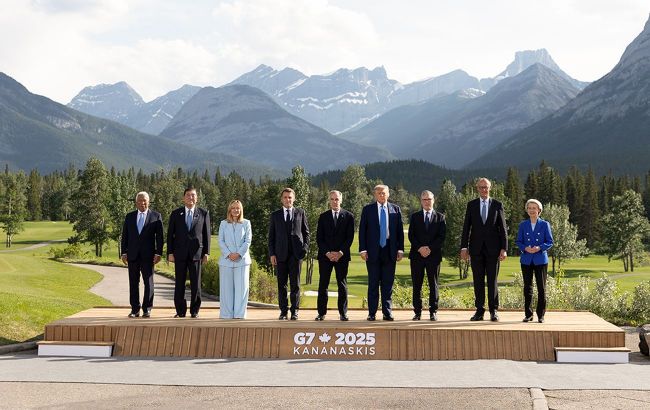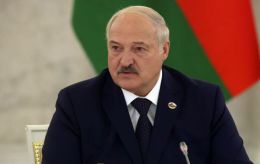G7 preparing historic decision on frozen Russian assets for Ukraine
 EU plan on Russian funds gaining momentum (photo: Getty Images)
EU plan on Russian funds gaining momentum (photo: Getty Images)
The G7 is preparing a video summit, with the key issue being the use of frozen Russian assets. For Ukraine, this presents an opportunity to secure stable funding, while for the Kremlin, it poses a new challenge, Corriere Della Sera reports.
The governments of the European Union, the United Kingdom, and Canada are working to expedite the process of utilizing a significant portion of the frozen Russian reserves for the benefit of Ukraine. The United States has so far not shown resistance to this idea.
On Sunday, after a meeting of EU finance ministers in Copenhagen, Canada, as the country chairing the G7, convened a summit of the finance ministers of this group. The meeting will take place on October 1 in the format of a video conference, and Moscow's frozen reserves will be one of the main items on the agenda.
Germany, France, and Italy have changed course
The first major EU country to support the use of Russian funds for Ukraine was Germany, following Chancellor Olaf Scholz's decision two weeks ago. Now France and Italy, which had previously taken a more restrained position, have joined the initiative.
The European Commission proposes issuing a zero-coupon eurobond guaranteed by the member states and exchanging it for the liquid portion of the Russian reserves.
Most of these assets are denominated in euros – about 229 billion, which are kept in Belgium on the Euroclear platform. Of these, approximately 170 billion are not invested and can be used relatively quickly.
How the mechanism will work
The plan provides that the eurobond will be transferred to Euroclear as a depository and will formally become the property of Russia, but will remain frozen in place. The funds raised by Europe will be transferred to Ukraine – probably in tranches of 25–30 billion euros.
Subsequently, the bond may be extended indefinitely or written off as a Russian asset, which will, in fact, become a form of reparations for the war, to which it may be obliged by international law.
Role of London and Ottawa
The United Kingdom and Canada are also considering the possibility of using their shares of frozen Russian reserves, although they are significantly smaller in volume. This would allow Ukraine to finance its needs for at least another year and a half, given its daily military expenses of $ 172 million.
Such support is especially relevant against the backdrop of blocked American aid and the growing fatigue of European societies from the war.
Kremlin preparing a response
In political terms, such a step would be a signal to the Kremlin – Europe is ready to act in the sphere of force. Moscow is considering several possible responses. Among them are lawsuits in international courts, despite Russia's own violations of international law.
Another scenario is the confiscation of assets from companies in G7 countries that remain in Russia. For example, American Exxon has an account with $5 billion in dividends, and French Total has $2 billion. Such funds could partially cover the Russian budget deficit.
However, this tactic is not sustainable in the long term. Resources are limited, and in the future, Russia will remain isolated from global markets until it compensates for the damage it has caused.
For the first time, the German government agreed to discuss the EU plan, which would provide Ukraine with access to 200 billion euros. The European Union proposes to transfer up to 200 billion euros (approximately $235 billion) to Ukraine, which is currently held in a Belgian depositary. In return, these funds are to be replaced by bonds guaranteed by the EU.
The European Commission is developing a mechanism that will allow the transfer of these 200 billion euros.

